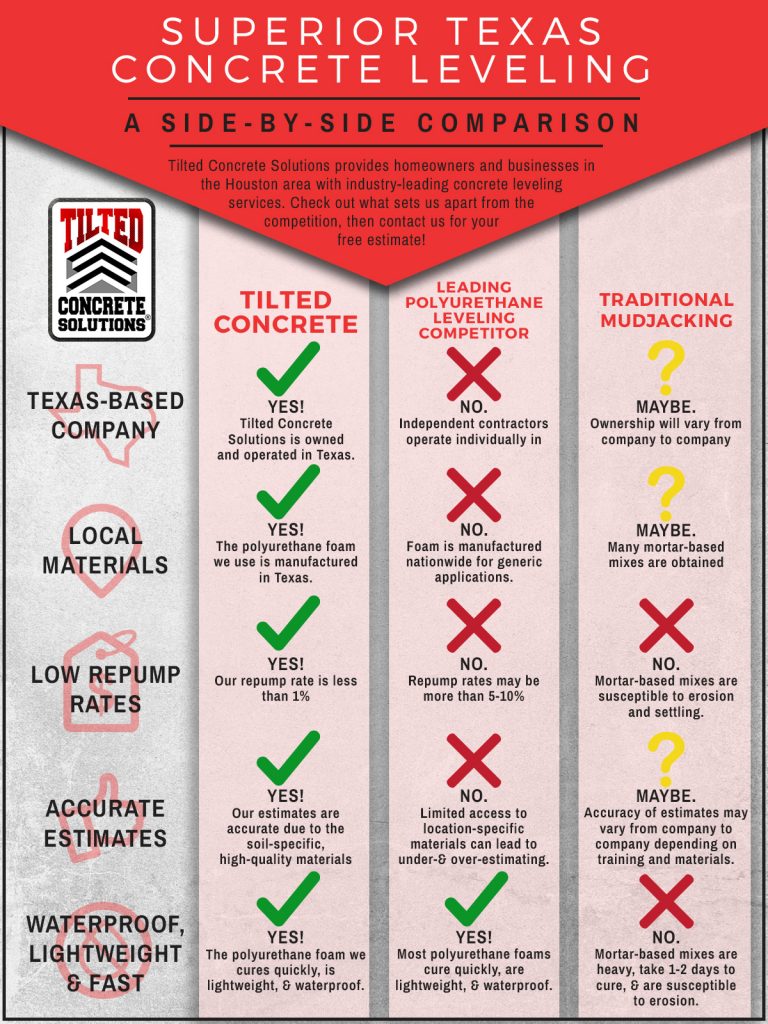Exactly How Weather Can Affect Your Outside Paint Job
Exactly How Weather Can Affect Your Outside Paint Job
Blog Article
Write-Up By-Boyle Sloth
Understanding exactly how weather can influence the outcome of an external painting venture is extremely important for accomplishing a flawless coating. From temperature level fluctuations changing paint adhesion to moisture levels impacting drying out times, each component of weather condition plays a considerable role in the success of your project. Moreover, wind speed and precipitation can present unforeseen difficulties that may endanger the top quality of the final result. As we navigate with the subtleties of climate's impact on exterior paint, it ends up being obvious that meticulous planning and tactical timing are crucial for ensuring an expert and sturdy end result.
Ideal Temperature Level Range for Paint
When thinking about outside paint projects, the perfect temperature level array plays an essential role in attaining optimal results. Paint in the ideal temperature problems ensures that the paint adheres correctly to the surface area, dries uniformly, and cures properly. Generally, the suggested temperature range for exterior painting is between 50 to 85 degrees Fahrenheit.
Painting in temperatures below 50 levels Fahrenheit can bring about problems such as bad paint attachment, long term drying out times, and a boosted possibility of cracking or peeling off.
On the other hand, paint in temperature levels over 85 degrees Fahrenheit can create the paint to completely dry also promptly, resulting in blistering, gurgling, and an uneven finish.
To attain the most effective outcomes, it is essential to examine the weather prediction prior to beginning an outside paint task. Preferably, https://www.homesandgardens.com/interior-design/home-decor-ideas to paint throughout light climate condition with modest temperature levels and low humidity levels.
Results of Moisture on Paint Drying
Humidity levels dramatically influence the drying process of paint put on exterior surfaces. High humidity can lengthen the drying time of paint, leading to potential problems such as leaking, spotting, and even the formation of bubbles on the repainted surface. Excess moisture in the air reduces the evaporation of water from the paint, hindering the curing process. This is specifically problematic for water-based paints, as they count on dissipation for drying out.
On the other hand, low moisture levels can also affect paint drying. Incredibly dry conditions might create the paint to dry as well rapidly, resulting in poor bond and a harsh finish. In such cases, including a paint conditioner or spraying a great mist of water in the air can assist manage moisture degrees and boost the paint result.
To ensure multi family painting contractors drying problems, it is suggested to repaint when the humidity degrees vary in between 40% and 50%.
Tracking moisture levels and taking proper steps can assist achieve a smooth and resilient paint coating on exterior surfaces.
Wind and Precipitation Considerations
Wind rate and precipitation are critical elements that considerably impact the success of an external paint job.
When it pertains to wind, both rate and instructions are necessary considerations. High wind speeds can cause paint to dry too rapidly, leading to a substandard finish with potential issues like breaking or unequal appearance. Furthermore, wind can carry debris that may stick to the damp paint, leading to flaws. As a result, painters must intend to deal with days with light to moderate winds for optimal paint conditions.
On the other hand, precipitation, whether rainfall or snow, can be extremely harmful to the result of an outside paint project. Wetness from rainfall can impede paint attachment, causing peeling and bubbling over time. tulsa painting contractors is critical to avoid painting during rainy or snowy weather to ensure the longevity and high quality of the paint task. Painters need to also permit ample time for the surface area to dry extensively after any precipitation before commencing or returning to the paint process.
Conclusion
To conclude, climate condition play a substantial function in the end result of an outside paint project. The excellent temperature level variety, moisture levels, wind rate, and precipitation all add to the success or failing of the paint work.
It is important to think about these aspects and plan as necessary to ensure proper paint adhesion, drying times, and general top quality of the ended up product.
